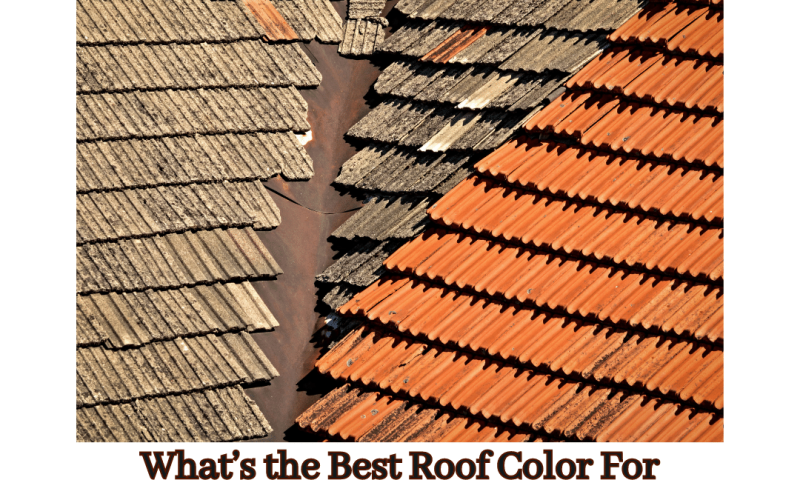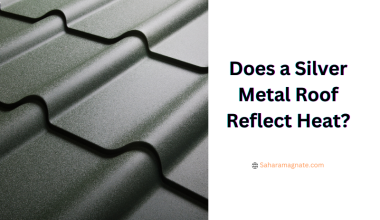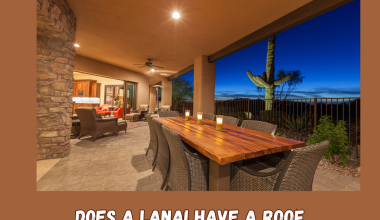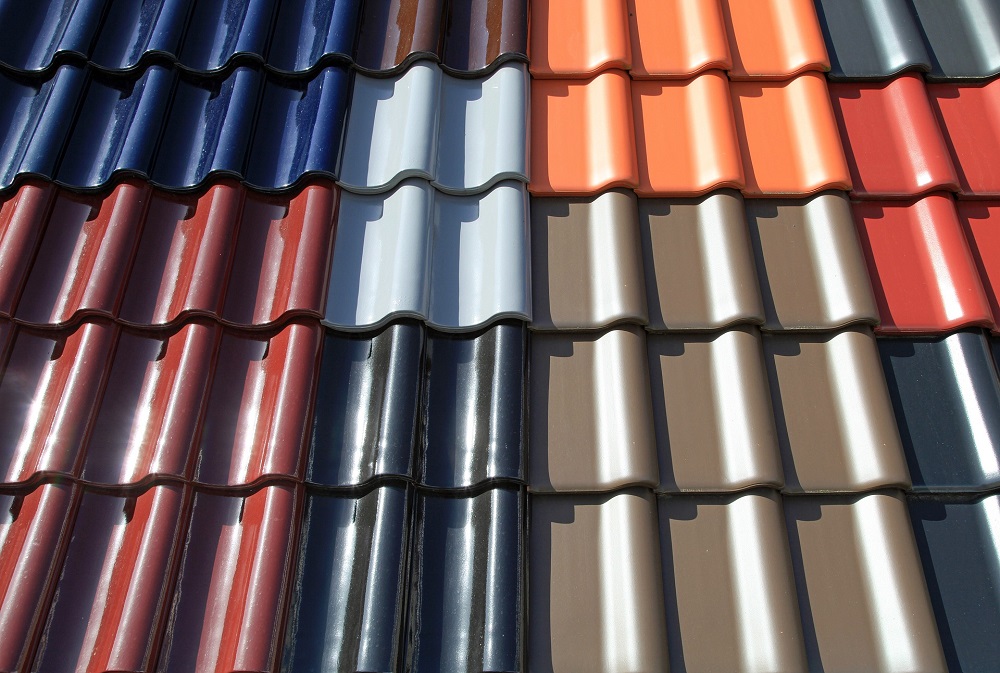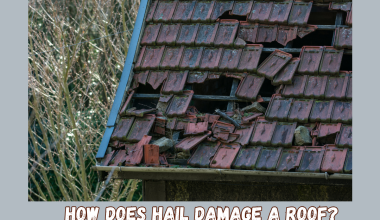When you’re a homeowner in Florida, it’s only natural that you would want your house to stand out from the rest.
And one of the best ways to do that is by choosing the right roof color. The right combination of colors can transform your home into a beautiful and inviting place, while the wrong combination can make it look dull and uninviting.
So, what’s the best roof color for Florida? The answer isn’t as simple as you might think. There are a few factors to consider when choosing a roof color for your home in Florida.
In this article, we’ll discuss the importance of color in roof selection, what colors work best for Florida homes, and how to choose the perfect shade for your home.
What’s the Best Roof Color For Florida
When protecting your home from the Florida sun, it’s no secret that roof color matters. It’s essential to invest in a roofing system that is both durable and esthetically pleasing. But what color is best for your Florida home?
When it comes to roofing design in Florida, lighter colors are generally preferred due to their higher reflectivity, which can help reduce energy costs.
Lighter colors, like beige, brown, and gray, can also help reduce the amount of heat transferred into your home and help keep the interior of your home cooler in the hotter months.
Alternatively, if you are looking for something bolder, dark colors such as dark blue or green can also work great in Florida climates. Darker shades help minimize dirt build-up and have superior durability against UV radiation.
While they may not be as energy-efficient as lighter colors, they can offer a unique look while providing optimal sun protection.
When selecting a roof color for your Florida home, consider the material’s reflectivity and decide which option suits you best according to your budget and esthetic preferences.
The Best Cool Roof Colors
Are you looking for the best roof color to keep your Florida home cool during the summer? Sure, you might opt for white, but you should also consider other cool-colored roofs. Why?
For starters, cool-colored roofs help reflect sunlight and heat away from your home. And that can mean lower cooling costs in the summertime.
So what are some great options when it comes to cooler-colored roofs? Let’s have a look:
Light Blue/Light Gray
A light blue or gray roof can be highly effective—both colors reflect great heat. Plus, they also look great on homes of all sizes and styles.
Tan/Beige
Consider tan or beige if a blue or gray roof doesn’t suit your tastes. These colors are classic, neutral choices and, with good reflection tactics, can keep your home at a comfortable temperature.
Brown
Brown roofs, like their tan and beige counterparts, excel in reflecting strong sunlight; but they tend to look more classic and rugged than the lighter options.
A cooler roof color helps protect your home from the Florida sun by reflecting and deflecting heat away from it rather than absorbing it—keeping you comfortable year-round!
How Florida’s Climate Affects Roofing Colors
Florida’s climate is known to be hot and humid and has many storms. This means that your home’s roof needs to withstand these conditions, and the best way to do this is by choosing the right color. Darker colors absorb more heat and light, while lighter colors reflect it.
For Florida homeowners, it’s best to look at cool and light-colored roofs like shades of blue, green, or silver.
They may cost more but also last longer due to their ability to reflect heat rather than absorb it—which can reduce energy costs in the long run.
Additionally, try finding a material with both a light color and good durability since Florida sees its fair share of hail and heavy winds during storm seasons.
Shingles with a Stone-Coated Steel finish are a great choice as they come in various shapes, textures, and colors with a protective layer that adds strength and resistance against impact from hail or other debris during storms.
How to Choose the Right Roof Color
What color is best for a Florida roof? The answer lies in the material you’re working with and the surrounding environment.
To get started, let’s review some of the key factors.
Material
Different materials lend themselves to different colors, so the material you choose plays an important role when selecting a color for your roof.
For example, if you choose asphalt shingles or metal roofing for your home, lighter colors are usually better because they can help keep your home cooler.
Darker colors absorb more heat and can cause your home to become much hotter and less energy efficient.
Surroundings
It’s also important to consider the color of neighboring homes or buildings around you when selecting color for your new Florida roof.
You don’t want your home to appear too out of place! Try choosing a neutral shade that will blend harmoniously with other homes in the area without making too much impact.
The right color can make all the difference in the look and feel of your new roof. Consider these two crucial factors – material and surroundings – when selecting the perfect shade for your new Florida roof!
The Significance of Color Contrast
You may not know this, but the color of your roof plays a vital role in enhancing the look and feel of your home.
In Florida, it’s best to choose a roof color that contrasts well with walls and other surrounding colors.
Benefits of Contrast
By having a roof that stands out from the rest of your home, you create a design element that adds depth and balance to the overall aesthetic.
The higher the contrast between the roof and exterior, the more pleasing and inviting it appears to guests. Plus, it can make your home look larger from a distance.
Color Combinations
Choosing two or three complementary colors for your roof is wise, like beige or light gray shingles paired with white siding.
You can also go for earthy tones like medium browns and dark greens—they look great against tan siding, yellow stucco or brick houses.
Think about what will work best with your Florida home before you decide on any specific color scheme:
- Start by considering existing elements like hardscaping, siding, stone and brickwork
- Don’t be afraid to experiment with different combinations if necessary
- Think about energy efficiency when choosing bright colors or reflective materials
When it comes to selecting an eye-pleasing roof color for your Florida property—contrast is key! With proper research and experimentation, you’ll be able to find a scheme that enhances the beauty of your home for years to come.
Conclusion
So if you’re looking for the best roof color for your Florida home, light colors are typically the way to go.
They’ll help your home stand out and keep it cooler during the hot summer months.
However, be sure to take into account the climate, nearby trees, and other factors before making your decision.
Ultimately, the best roof color is the one that looks and performs great!

